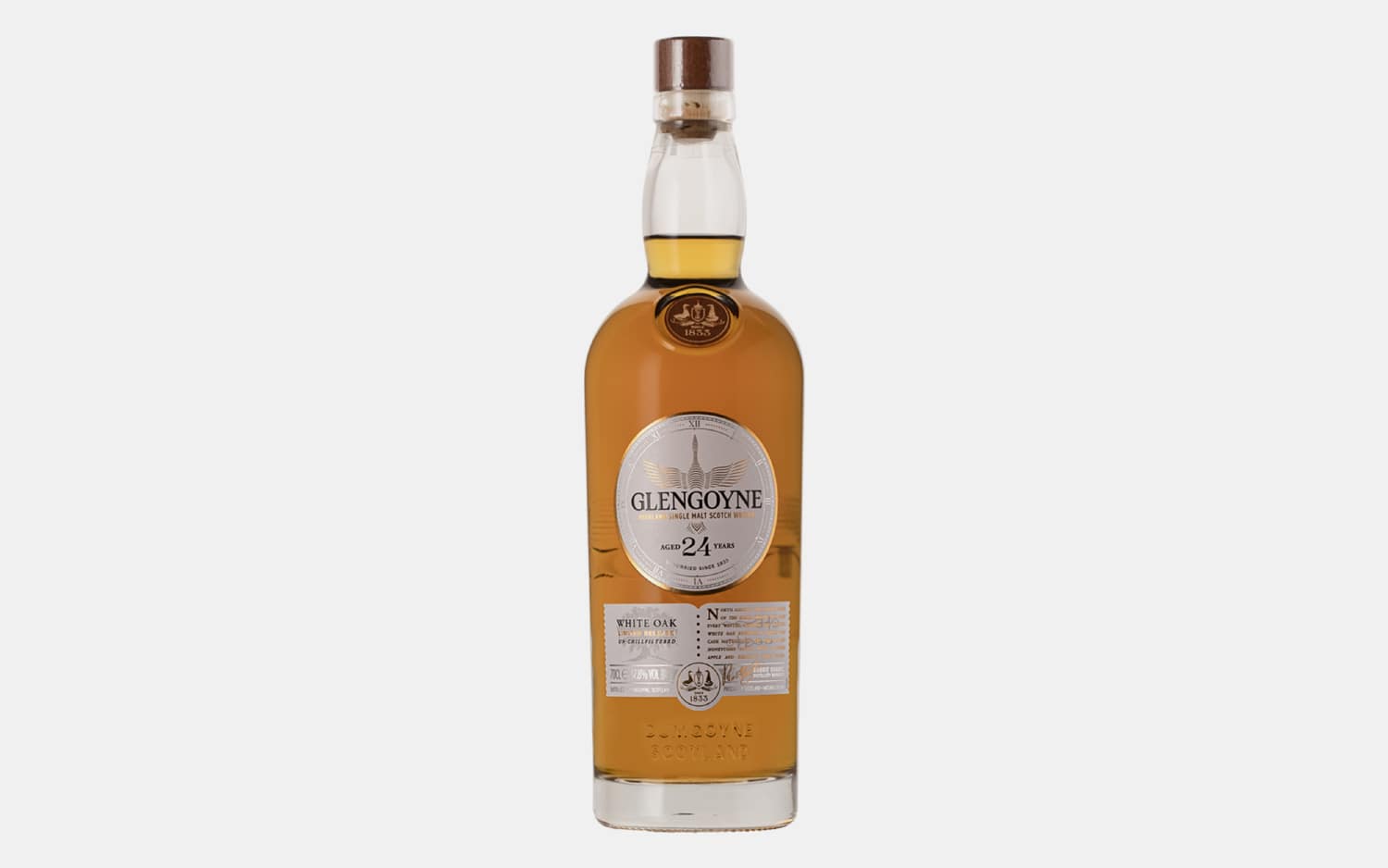Yes and no.
While there are other spirits (like applejack and certain types of rye whiskey) that would like to make a case, bourbon is the most American of all spirits. Referred to as America’s “native spirit”, it’s difficult to argue the spirit’s link to our nation’s history. While the genesis of the whiskey itself is mired in mystery and legend, it’s believed that the spirit that eventually became bourbon began was brought to America by Scottish, Irish, and German settlers in what is now Kentucky in the 1700s. Not only did they bring their culture and traditions to the region, but they also brought distilling (even though much of early distilling in the US was rum).
While now it’s safe to say bourbon itself owes its creation to multiple creators without one story cemented in history, one legend says that Elijah Craig, a former Baptist minister, created what we now know as bourbon in the 1790s when he decided to char the barrels he aged his corn whiskey in.
Whether or not this is a story concocted by Heaven Hill Brands to push one of its popular brands, a story made up during prohibition (or some other time during the brand’s history), or if it actually happened isn’t something we’ll ever really know unless we find a time machine. Another story says that a man named Dr. James Crow aged his whiskey in charred barrels and used a sour-mash starter and actually invented bourbon in the early 1800s. There are other legends and stories, but none are guaranteed to be true and that’s okay. It’s all part of the mystique of bourbon.
In essence, it doesn’t matter who invented bourbon. All you need to know is that hundreds of years later, distillers are tirelessly carrying on the traditions of bourbon pioneers like Craig and Crow as well as Jacob Beam, Robert Samuels, Basil Hayden, Daniel Weller, Colonel EH Taylor, and others. But one debate remains throughout the years. Is Jack Daniel’s, one of the most well-known whiskeys in the world, a bourbon or not?
We get it, things are about to get dicey. We’re okay with that. Asking whiskey fans if Jack Daniel’s is a bourbon isn’t always the best idea. To say the debate could get heated is an understatement. Many drinkers believe without a shadow of a doubt that Jack Daniel’s is undeniably not a bourbon. Their position is unflinching and they won’t even listen to your argument for it. Others beg to differ and offer many reasons why. But who is right, and can we figure it out without angering half or more whiskey drinkers? We’ll find out. Well, at least we hope we can finally find out. Fingers crossed, right?

What makes a bourbon?
Before we really dive into this dilemma, we first need to get to the bottom of what exactly makes a bourbon. In the simplest terms, to be referred to as bourbon, the whiskey must be made up of at least 51 percent corn (and oftentimes much more). The rest of the mash bill can be made up of other grains. The most popular are barley, rye, and wheat. The use of rye makes a spicier, peppery whiskey, and wheat (especially red winter wheat) gives the whiskey a soft, mellow, easy-drinking flavor.
“Jack Daniel’s fits the basic bourbon percentages criteria. It has a mash bill of 80 percent corn, 12 percent rye, and 8 percent malted barley.”
Aging in charred American oak barrels gives bourbon its well-known slightly sweet, caramel, vanilla, sweet corn, honey, and chocolate fudge flavors. Jack Daniel’s has a similar flavor profile. It’s known for its caramel, vanilla, gentle nutty sweetness, and slightly fruity flavors. So that’s comparable to bourbon. On top of that, Jack Daniel’s fits the basic bourbon percentages criteria. It has a mash bill of 80 percent corn, 12 percent rye, and 8 percent malted barley. Maybe we’re starting to get somewhere in the debate?
What are the rules and regulations?
There are certain rules and regulations for the production of bourbon whiskey. In order to be referred to as a bourbon, the spirit can’t be distilled to more than 160 proof, must enter the barrel at no more than 125 proof (it can be diluted with water), and when it’s bottled it can’t be lower than 80 proof. The positive is that there are many bourbons much higher in alcohol content including bottled in bond bourbons (100 proof) and bold, potent cask strength bourbon.
They must be matured in new, charred barrels. Most distillers use American oak barrels and, since they can’t be used more than once, they are sold to Scotch whisky brands, tequila brands, and rum brands throughout the world. Where did you think your favorite bourbon barrel-aged single malt got its cask?
The strict rules and regulations don’t dictate how long a bourbon must be aged though. Most distillers age their bourbon between two to ten years. The reason for this is because, while someone could get away with aging their whiskey for only a few days or months and still call their flavorless whiskey a bourbon, in order to get the title of a “straight” bourbon, the whiskey must be matured for a minimum of two years in charred barrels.
“In order to get the title of a “straight” bourbon, the whiskey must be matured for a minimum of two years in charred barrels.”
Obviously, many distillers age their bourbons for much longer than this. This creates much more nuanced flavors and makes the whiskey much more highly coveted because of this. That’s why you’ll find many ten-year-old bourbons (and beyond) on the market.
This brings us to the last important rule. In order to be considered a bourbon, no extra additives, adjuncts, or flavors can be added. This means that simply the time spent maturing in charred oak barrels (and the included mash ingredients) is the only way to create the caramel, vanilla, and sweet corn flavor whiskey drinkers are accustomed to. Technically, Jack Daniel’s doesn’t contain any additives, but there is one extra step that adds flavors that we’ll get into later. And it’s definitely a sticking point in the debate about whether it’s actually a bourbon or not.
Where can bourbon be produced?
Bourbon purists might tell you otherwise, but to be called a bourbon, the whiskey doesn’t need to be produced in Kentucky. If this was a true rule, Jack Daniel’s (and many other well-known bourbons from all over the country) would immediately be removed from the conversation due to its distillation in nearby Tennessee. Technically, even though somewhere along the lines of 95 percent of all bourbon is made in the Blue Grass State, bourbon (as long as it fits all the other criteria) can be produced anywhere. That is anywhere in the United States. This is yet another rule that tips the scales in favor of Jack Daniel’s actually being a bourbon.
The Lincoln County Process.
We’ve weaved our way around the rules and regulations of bourbon and how Jack Daniel’s fits the criteria. It was inevitable that we’d finally hit the biggest and most divisive roadblock. A roadblock called The Lincoln County Process. Used in the production of most Tennessee whiskeys (including Jack Daniel’s), The Lincoln County Process is named for (you guessed it) the county it originated in. It consists of filtering the whiskey through sugar maple (and sometimes other wood) charcoal before it’s matured. Jack Daniel’s charcoal filtration takes between three and five days to complete.
“Filtering through charcoal is thought to add mellowing and additional sweetness to the whiskey. While it’s highly debatable, many purists believe this step alone removes Jack Daniel’s from the bourbon conversation.”
Filtering through charcoal is thought to add mellowing and additional sweetness to the whiskey. While it’s highly debatable, many purists believe this step alone removes Jack Daniel’s from the bourbon conversation. They believe the step adds additional sweet flavors that alone goes against the rules and regulations dictating what a bourbon is.
Why Jack Daniel’s is a bourbon.
If you don’t consider the use of the Lincoln County Process to eliminate Jack Daniel’s from the bourbon discussion, you can press on. If you do, this discussion is over. But according to Federal regulations, unlike bourbon, the term “Tennessee whiskey” doesn’t technically have a legal definition. It’s even often referred to as a “straight Bourbon Whiskey authorized to be produced only in the State of Tennessee”. For some, this would end the argument right there. It is a bourbon, right? Well, as we have already seen some interpretations can change everything.
Why Jack Daniel’s isn’t a bourbon.
Jack Daniel’s isn’t a bourbon and it’s not just because of the use of the Lincoln County Process. Jack Daniel’s isn’t a bourbon because it doesn’t want to be a bourbon. Jack Daniel’s is Tennessee through and through. It’s labeled as a Tennessee whiskey because (like George Dickel and many other Tennessee-based brands) it is a Tennessee whiskey. Jack Daniel’s doesn’t care about you and your whiskey-drinking friends having a back and forth about whether or not it fits the criteria to be a considered a bourbon, because it doesn’t want to be a bourbon. It’s one of the most well-known, iconic whiskey brands in the world and it’s more than happy to be just that. Visit Lynchburg and you’ll quickly see Jack Daniel’s is its own kind of whiskey altogether.
It’s all about perspective.
To many, this won’t end the argument and that’s okay. Part of the appeal of sitting with friends and enjoying a glass of whiskey is the debates, arguments, and important discussions that go with it. We encourage you to continue these debates and chats with friends. Talk about Jack Daniels’, The Lincoln Process, world events, the price of gas, the appeal of not having cheese on a fried chicken sandwich, the use of the Oxford comma, whatever you want. Just grab a nice bottle of Jack (or your favorite whiskey of choice) and sit down with friends and enjoy each other’s company. Isn’t that why whiskey is distilled in the first place? We definitely think so.
Disclosure: Clicking on these links and making a purchase may earn us a small referral fee, at no extra cost to you. Learn more here.



